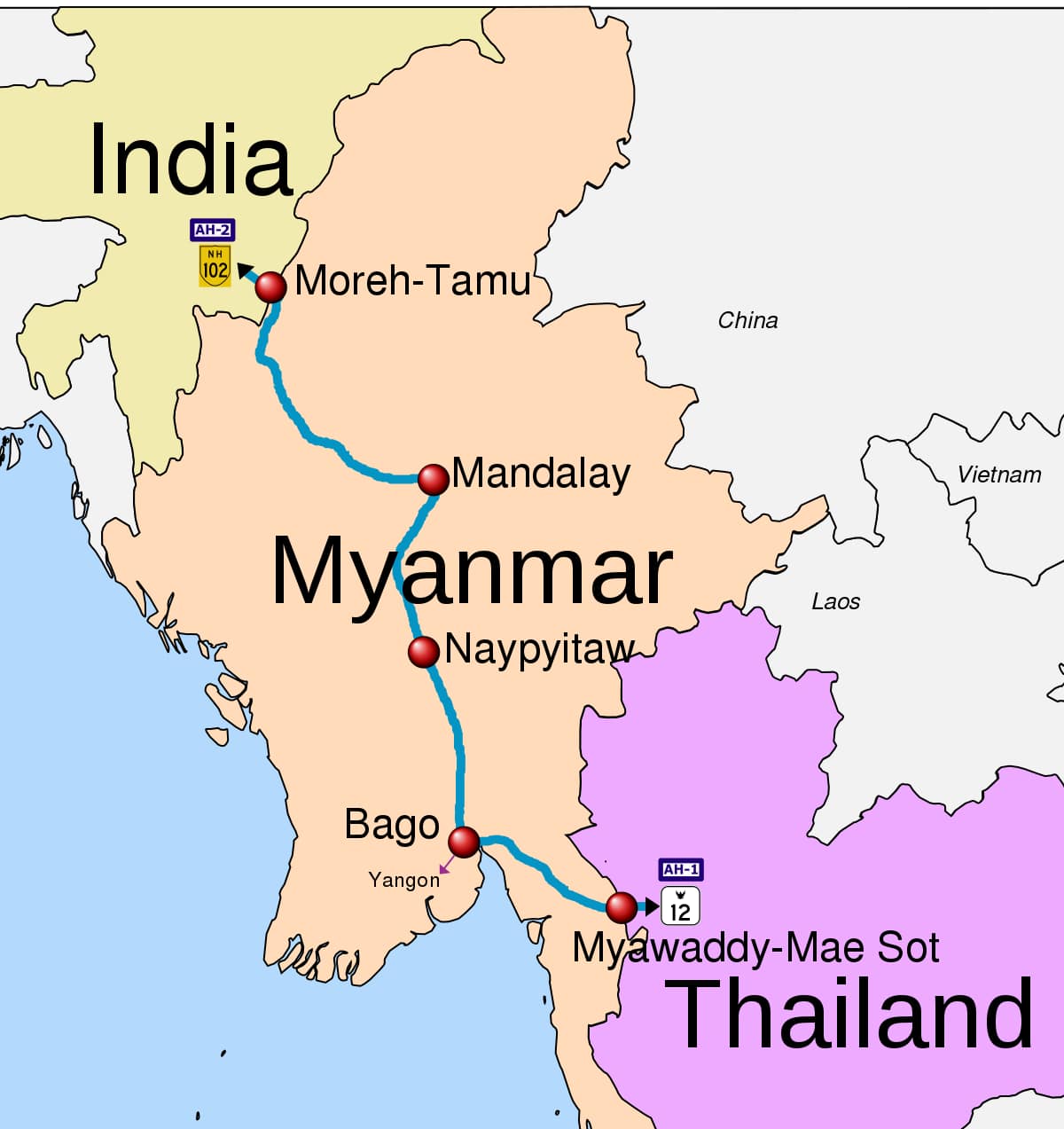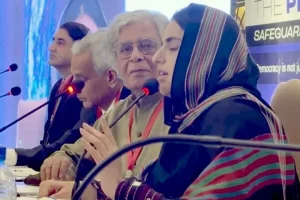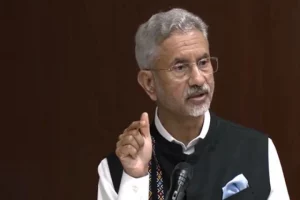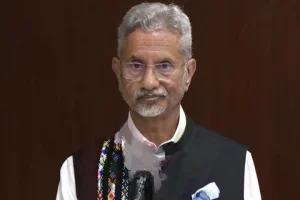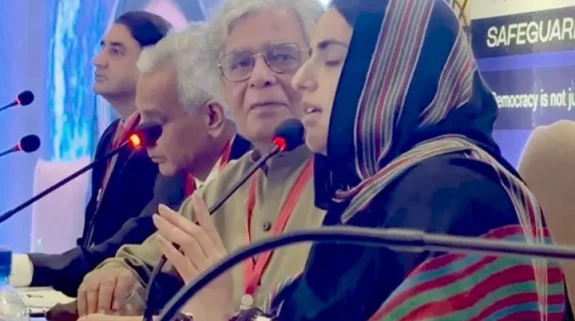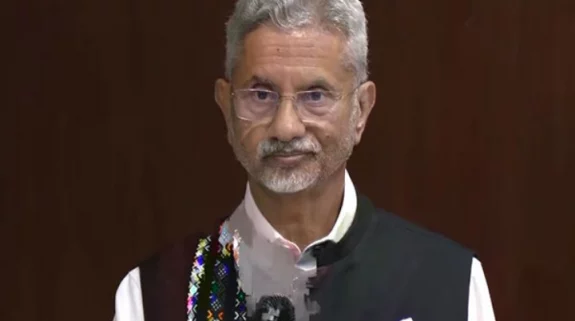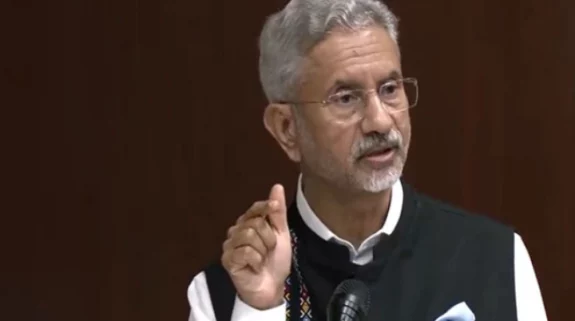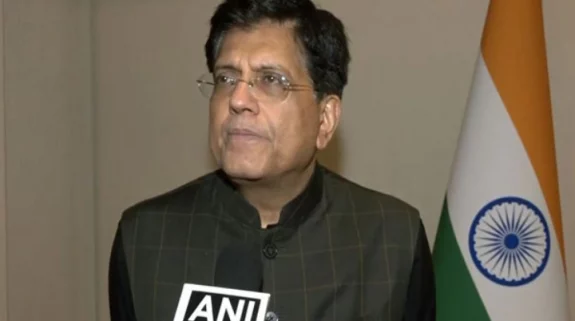Bangladesh, strategically located on the Bay of Bengal, will gain importance in the coming years as a bridge between India's northeast and the broader Indo-Pacific region, South Asia experts say.
Apart from land connectivity, Bangladesh, already a critical part of Prime Minister Narendra Modi’s Act East policy, is also linked with India by several rivers and waterways.
Analysts say that in the future cross-border integrated development of the northeast and Bangladesh will be key to spur prosperity on either side of the border.
“As we go ahead with strategies related to the Indo-Pacific and QUAD, Bangladesh will definitely play a very significant role. To make policies a success, more and more countries need to be co-opted. PM Modi’s visit to Bangladesh is also a highlight that India recognises the overall importance of the south Asian country in the overall policy of the region,” Joyeeta Bhattacharjee, senior fellow, Observer Research Foundation said.
Earlier speaking at a webinar organised by India Writes Network, Ambassador Anil Wadhwa, distinguished fellow, Vivekananda International Foundation, said that integrated with Bangladesh, the development of northeast is crucial so that it does not become the recipient of cheap goods. “Access to the Bay of Bengal and the rest of India with Bangladesh is also very essential for harnessing the unutilized economic capability in the northeastern states of India,” he said.
India shares around 4,096 kilometres of border with Bangladesh covering five states including West Bengal, Assam, Meghalaya, Mizoram and Tripura. A CUTS International report noted that the border lacks any natural division and runs through diverse topography amidst congested towns, villages, paddy fields, hills and rivers, which makes it even more crucial for the two countries to enhance economic and political cooperation.
Also read: India pushes for regional integration among Bay of Bengal countries
“Keeping these factors in mind, India must continue with its Neighbourhood First policy—this will be crucial for northeastern states, as Modi is particularly keen on strengthening the region economically,” an insider said.
Following Modi's visit to Dhaka, Bangladesh is likely to finally join the India-Myanmar-Thailand Trilateral Highway Project. The project will provide Bangladesh direct connectivity with the south east Asian nations which is expected to boost its trade.
Sources said that the project also gives India along with other nations an opportunity to counter China’s Belt and Road Initiative while enhancing connectivity for the landlocked northeastern states of the country.
The trilateral project, conceived in 2002, is a 1360 km transnational highway connecting Moreh in India, Bagan in Myanmar and Mae Sot in Thailand. Though there have been delays in execution, the project, that is expected to boost trade and people to people connectivity besides other things, is likely to be completed in the next couple of years.
Sources said that the trilateral highway could feed into a much larger undertaking, in the end, connecting landlocked Bhutan with Da Nang in Vietnam.
The key to this massive undertaking is the 19.2 kilometer Dhubri-Phulbari bridge over the Brahmaputra. the gigantic effort will merge two parallel initiatives – the trilateral high New Delhi-led India-Myanmar- Thailand trilateral highway and the East-West, Economic Corridor (EWEC) marshalled by Japan in partnership with Thailand, Laos and Vietnam. The joint foray is a fusion of India's 'Act East' policy and Japan's 'Free and Open Indo-Pacific' strategy.






